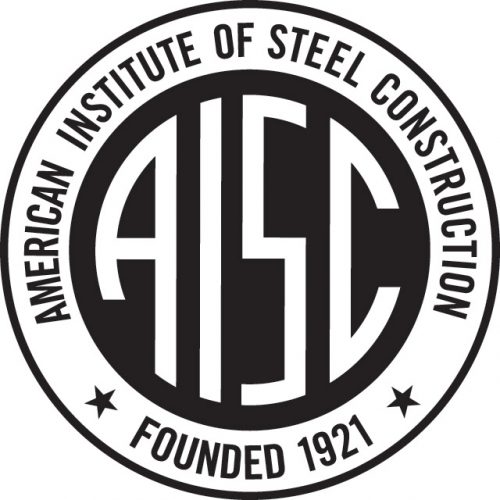NTSB Update on Fern Hollow Bridge Highlights Urgent Infrastructure Maintenance Needs

CHICAGO – The 2022 collapse of Pittsburgh’s Fern Hollow Bridge is a call to action: Infrastructure maintenance and repairs must be an urgent priority for the nation.
On May 18, 2023, the National Transportation Safety Board released a report that highlights the importance of proper bridge maintenance–something departments of transportation across the country frequently have to defer due to funding constraints.
“Bridge failures are sudden, but they do not begin suddenly,” said National Steel Bridge Alliance Chief Bridge Engineer Christopher Garrell, PE. “We are continually reminded of the state of the nation’s infrastructure, but interest is often fleeting until something catastrophic happens. All materials deteriorate, and that deterioration, when left unabated, can and will lead to failures like we saw in Fern Hollow.”
The American Institute of Steel Construction and the National Steel Bridge Alliance applaud the NTSB for underscoring the crucial nature of bridge maintenance. As the investigation continues, we urge owners to review the condition of all bridges in the national inventory, regardless of structural material–and we urge politicians to provide owners the sustained resources they need to maintain a safe infrastructure between major funding battles.
The 52-year-old Fern Hollow Bridge was one of thousands of bridges, made from a variety of materials, that urgently need maintenance. Fern Hollow has not had an overall rating better than “Fair” since 1989 (the earliest records available in the Federal Highway Administration’s InfoBridge database)–in fact, it had a “Poor” rating for the last 10 years.
About uncoated weathering steel
The Fern Hollow Bridge was made of uncoated weathering steel, which is a modern material that offers unique benefits–and like all steel bridges, it was more easily inspected than other kinds of bridges, because its structural system was on full display.
For more than 50 years, bridge owners have relied on uncoated weathering steel to deliver excellent performance in diverse environments.
UWS has inherent corrosion protection and doesn’t require any coating applications, so the steel is ready for erection much faster than coated members. This shaves time off the construction schedule, and even long after construction, it minimizes traffic disruptions due to decreased maintenance needs. It is also more environmentally friendly than paint systems.
UWS requires careful detailing and runoff planning in the initial design phase. “Weather is not just precipitation,” the University of Delaware’s Jennifer McConnell, PhD, noted while presenting a decade of research about UWS performance at NASCC: The Steel Conference last month, and a free recording is now available. “It’s the chemical elements that make up that precipitation”–and controlling exposure to things like water and chlorides (frequently found in deicing agents and the air above saltwater) is the most important thing engineers can do to ensure that a structure reaches its target lifespan.
The prevailing guidance for decades was the 1989 Federal Highway Administration’s “Uncoated Weathering Steel in Structures,” Technical Advisory (TA) 5140.22, which details how to apply UWS in a highway environment. In addition to helping engineers make decisions during preliminary design, it provided important information for bridge owners of existing bridges that, like the Fern Hollow Bridge, had been built prior to 1989. Effective inspection and maintenance programs are essential to ensure that all bridges reach their intended service life,” FHWA noted in the TA. “This is especially true in the case of uncoated weathering steel bridges.” It then goes on to cite specific maintenance actions as well as remedial guidance.
The National Steel Bridge Alliance has recently released the complimentary Uncoated Weathering Steel Reference Guide that provides the latest guidance about site and location considerations, design recommendations, structural design, detailing, maintenance, and more.
About the American Institute of Steel Construction
The American Institute of Steel Construction, headquartered in Chicago, is a non-partisan, not-for-profit technical institute and trade association established in 1921 to serve the structural steel design community and construction industry. AISC’s mission is to make structural steel the material of choice by being the leader in structural steel-related technical and market-building activities, including specification and code development, research, education, technical assistance, quality certification, standardization, market development, and advocacy. AISC has a long tradition of service to the steel construction industry of providing timely and reliable information.


